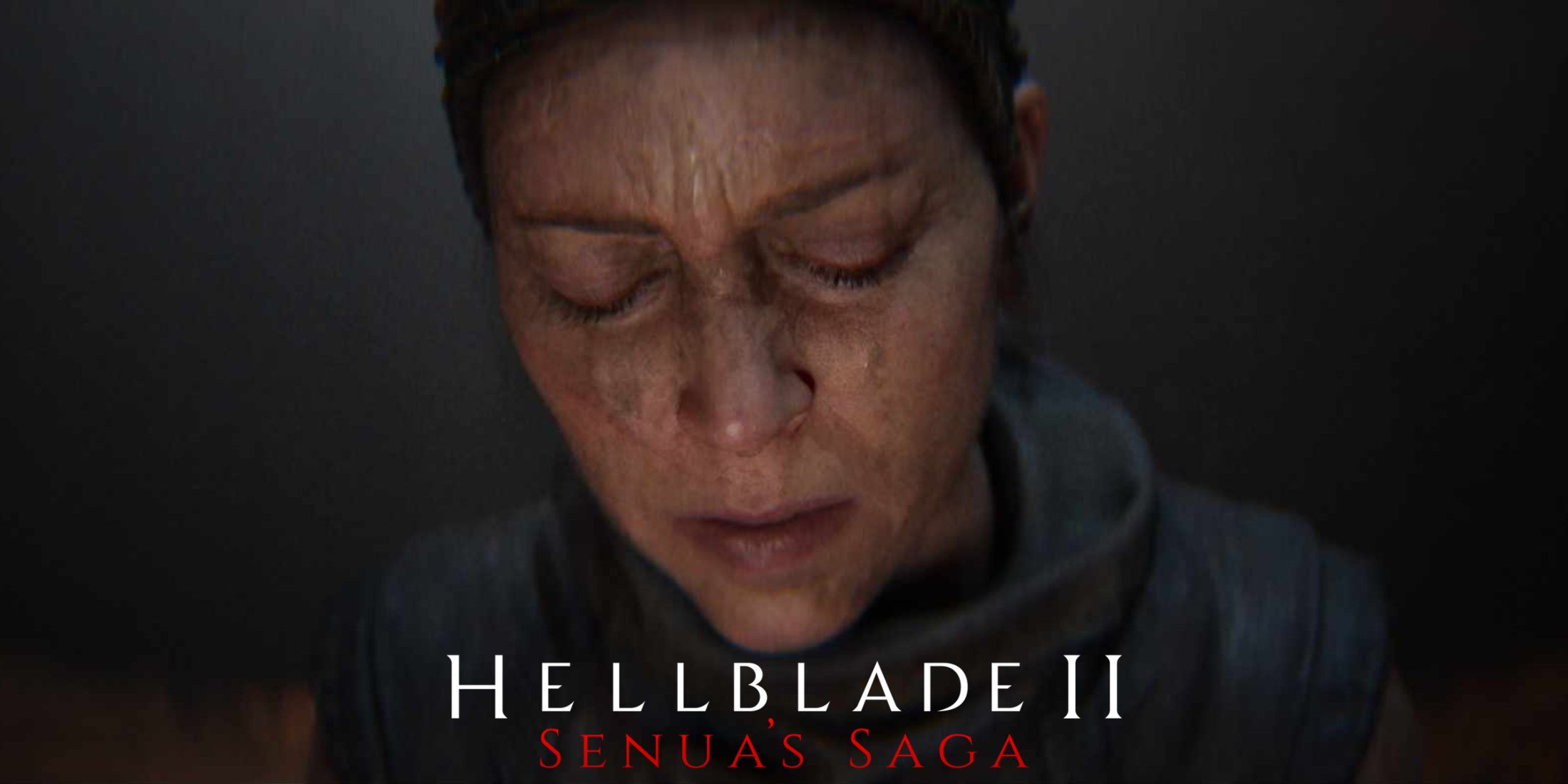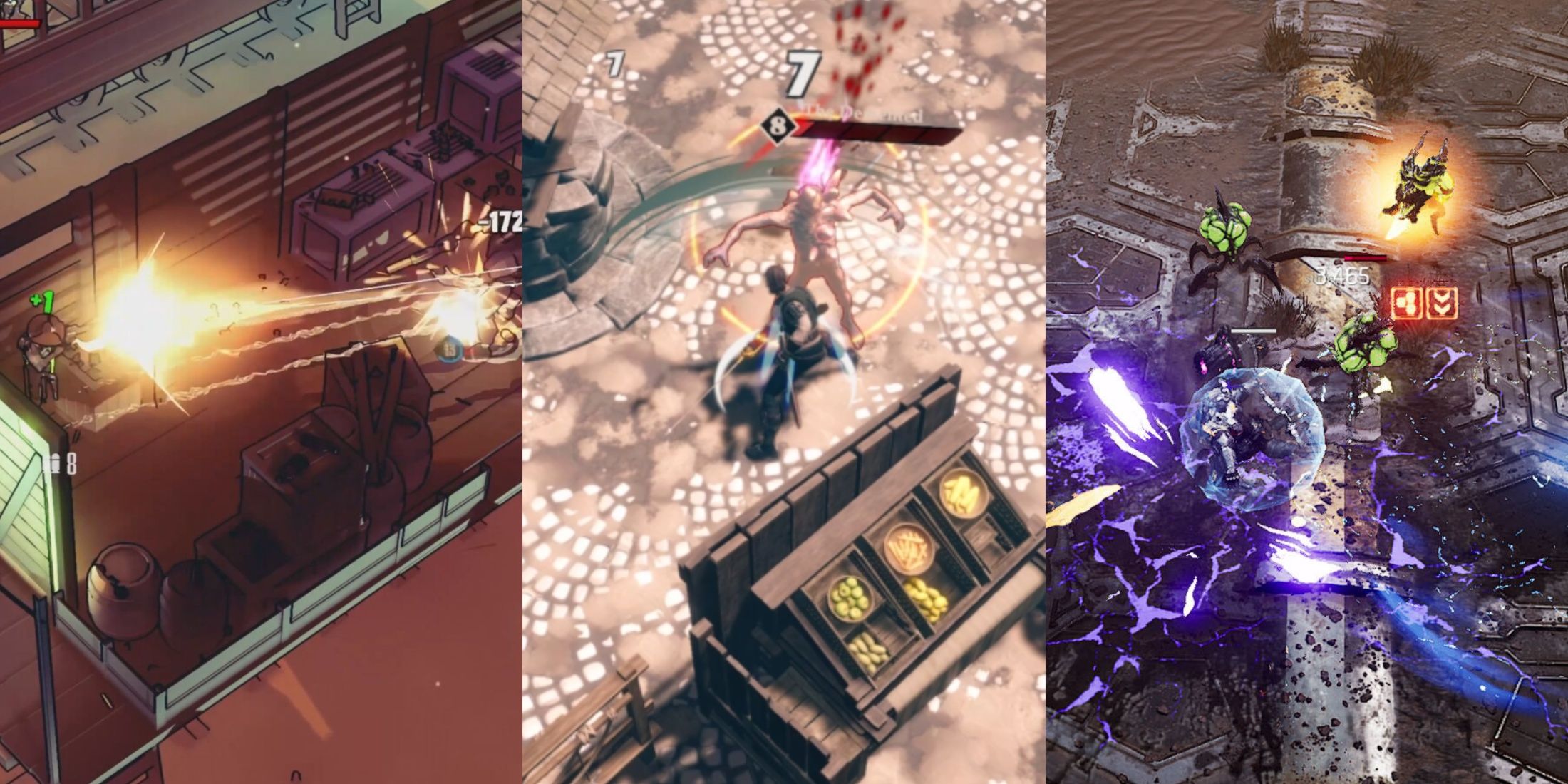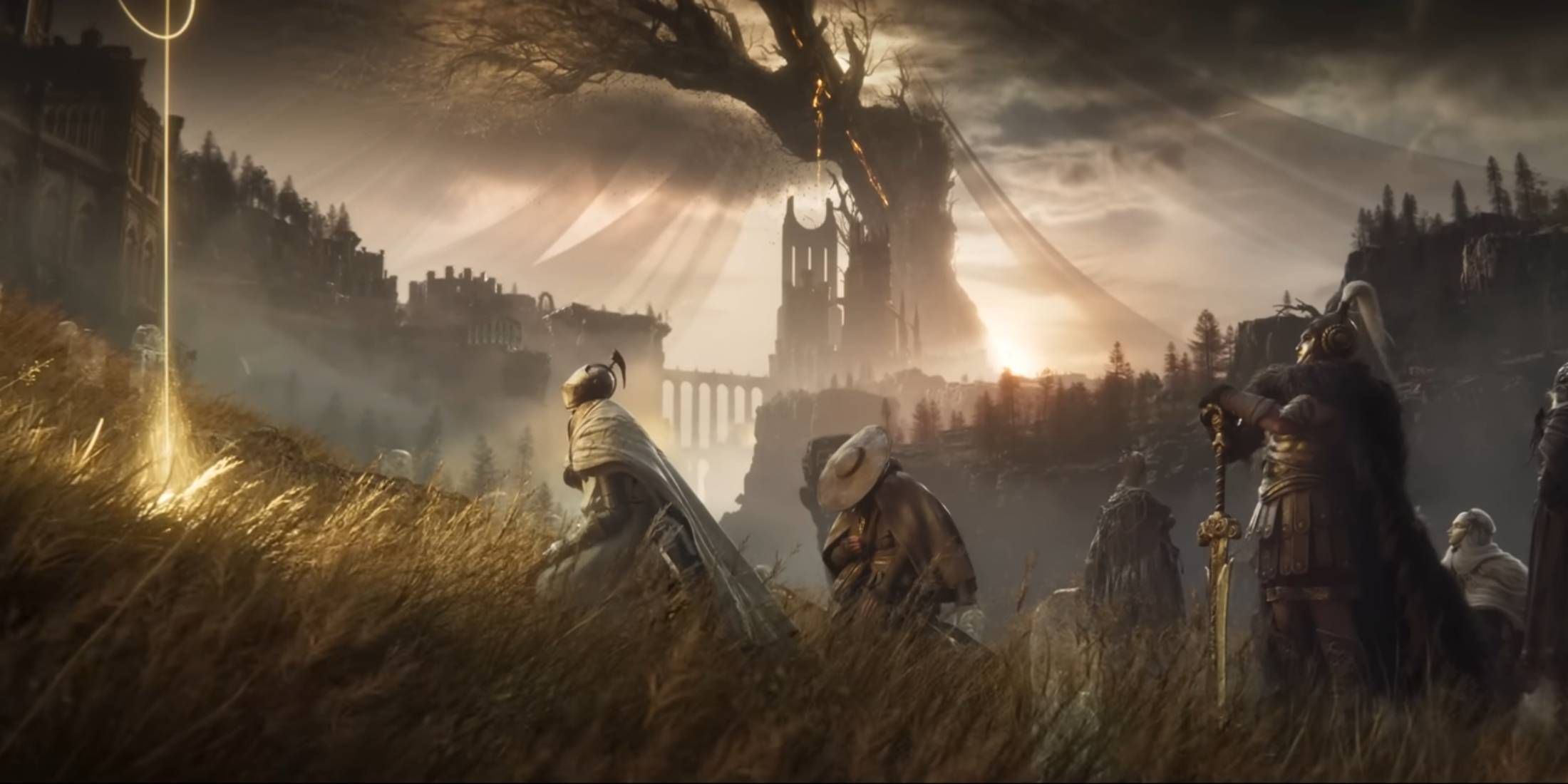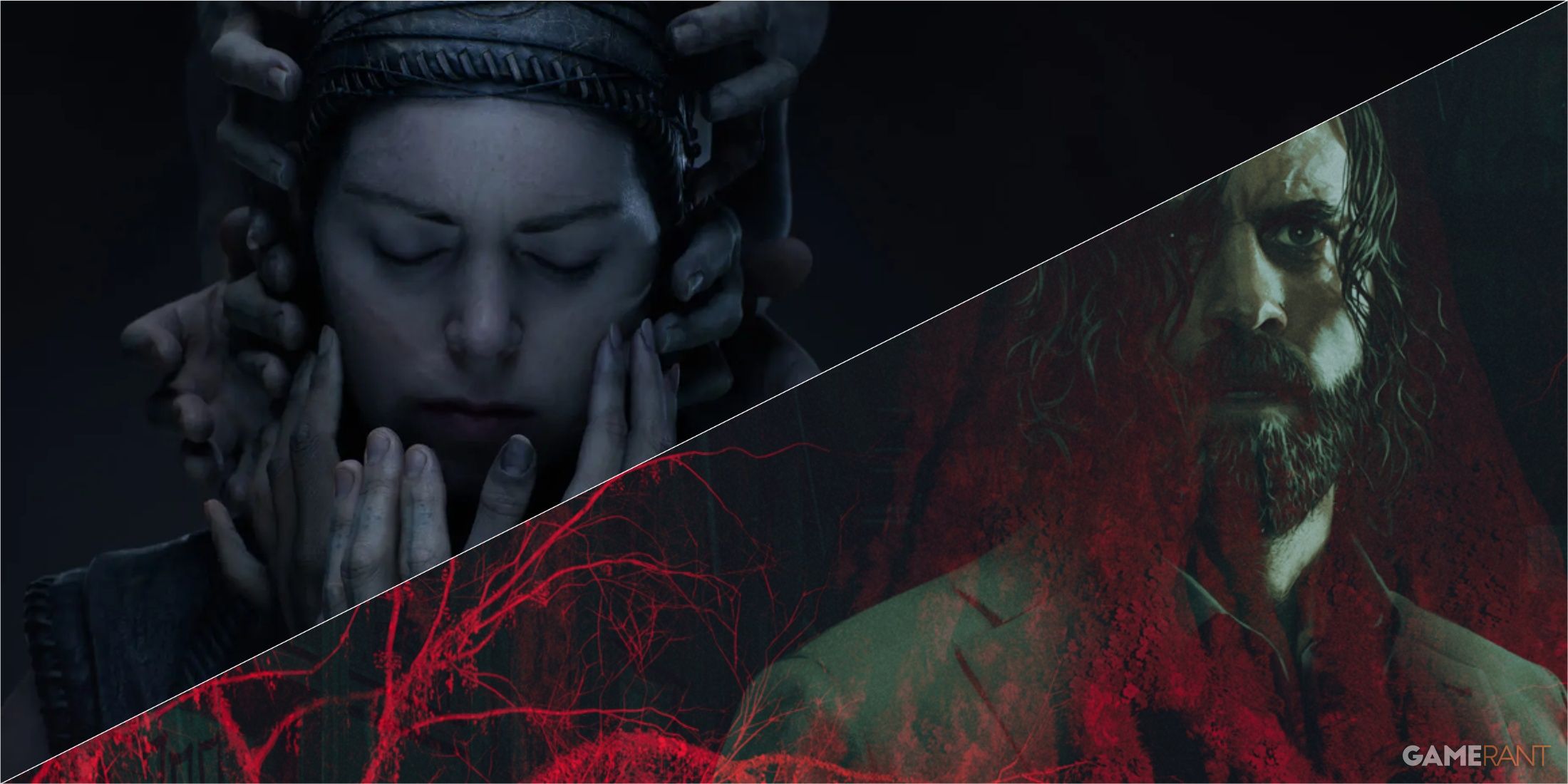Highlights
- Alan Wake 2 delivers a cinematic survival horror experience with innovative gameplay features and impressive visuals.
- Senua's Saga: Hellblade 2 falls short in improving upon its predecessor, especially in terms of gameplay and environmental puzzles.
- Alan Wake 2's reality-bending puzzles outshine Hellblade 2's, with dramatic alterations in lighting, scenery, and atmosphere.
A sequel 13 years in the making, Alan Wake 2 took a lot of the gaming world by storm when it was finally released last October. More than worth the wait, Alan Wake 2 delivered a cinematic survival horror experience like no other. While its visuals were a great strength, Alan Wake 2 had plenty of standout gameplay features as well, some of which felt truly innovative. But the same can't really be said for the recently released Senua's Saga: Hellblade 2.
A sequel seven years in the making, Senua's Saga: Hellblade 2 finally hit Xbox and PC last week, and its debut has been an interesting one. Even including those who loved Hellblade 2, there's a general consensus that the sequel doesn't really improve upon its predecessor all that much, especially when it comes to gameplay. And where Hellblade 2's puzzles are concerned, Alan Wake 2's shadow looms over them all.

Hellblade 2 Is a Shoo-In For At Least One Game Awards Category
Senua's Saga: Hellblade 2 may be getting a bit of a mixed reception, but it still seems like a shoo-in for one specific Game Awards category.
Alan Wake 2's Environmental Puzzles Are Better Than Hellblade 2's
Hellblade 2's Environmental Puzzles Are Technically Impressive
Though they definitely got a little stale towards the game's latter half, the first Hellblade's environmental puzzles were mostly very engaging. In fact, one of Hellblade's most memorable sequences - Valravn's forest - revolves around the game's environmental puzzles. Many of the puzzles in the first Hellblade see players line up objects in the environment to match the shape of a specific symbol, and in Valravn's forest, players are given a new layer to the puzzle.
During this sequence, a series of gateways are dotted around the environment. Walking through the gateway will change some aspects of the environment, such as removing a wall or adding a ramp. Hellblade players need to use these gateways to find the correct pathway to the puzzle's overall solution. It's nothing too groundbreaking by today's standards, but at the time it was fairly impressive to see such an instantaneous change in a video game environment.
Senua's Saga: Hellblade 2 takes this concept and nudges it just a little further. There are several different forms of this same idea sprinkled throughout Hellblade 2's shorter runtime. There are fire pits that can be lit or snuffed out to add or remove parts of the environment, and there are big magical orbs that can be looked at to swap two specific pieces of the environment around. It's technically still quite an impressive feat of game design, but there's one big elephant in the room that holds it back from feeling all that special.
Alan Wake 2 Beat Hellblade 2 to The Punch
Though a good portion of its runtime is dedicated to being a third-person action/survival horror game, Alan Wake 2 has more than its fair share of environmental puzzles, and most of these puzzles involve changing the environment in some significant way. Equipped with the paranatural power to alter reality through his writing, Alan Wake 2's titular protagonist gives players the ability to change the surrounding environment based on the different scenarios that Alan has concocted in his mind. For instance, while exploring Alan Wake 2's Oceanview Hotel, players can change the environment to look like the site of a bloody ritualistic murder. Doing so opens up new pathways for the player, and will occasionally give them new clues they can use to progress the story.
While mechanically speaking Hellblade 2 and Alan Wake 2's environmental puzzles are quite similar, there are a few things that put Alan Wake 2 above the more recent release. The most prominent example is the scale of Alan Wake 2's reality-bending puzzles, with each change dramatically altering the environment in terms of lighting, scenery, and atmosphere, as opposed to Hellblade 2's puzzles which simply change the placement of one or two objects in the environment.




